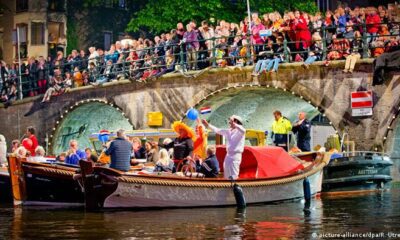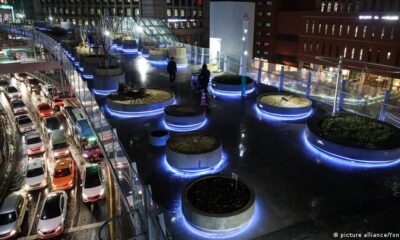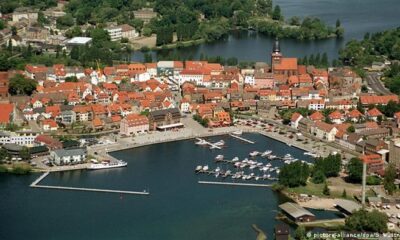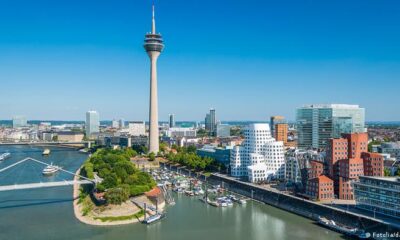On December 10, 2022, the European Film Awards will be presented in the Icelandic capital Reykjavik – Europe’s equivalent to the Oscars. We take this as an opportunity to show you the highlights of the country.
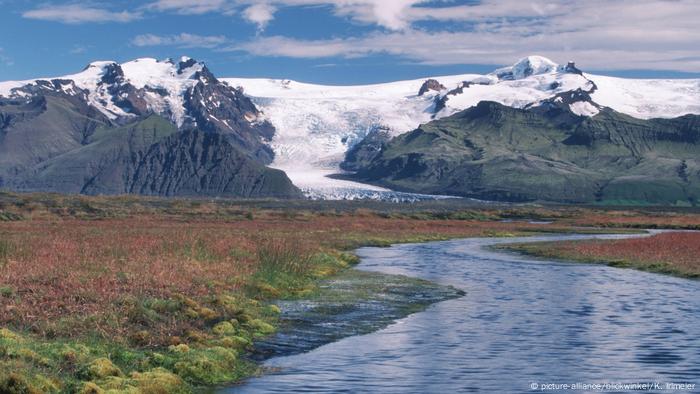
Spectacular nature
Iceland is a country of contrasts, breathtakingly beautiful, and with extraordinary natural phenomena. Deserts, volcanoes, valleys, fjords, glaciers, and many other landscape formations alternate here. A quarter of the country consists of volcanoes, and twelve percent is covered with glaciers. Only one percent of the island area is forested.

Active volcanoes
In 2010, Iceland gained worldwide fame with the eruption of the volcano Eyjafjallajökull (picture): on the one hand because of its unpronounceable name, which moderators and reporters struggled with, on the other hand, because its ash cloud paralyzed air traffic in Europe. Iceland is the largest volcanic island in the world. There are around 130 volcanoes, about 30 of which are classified as potentially active.
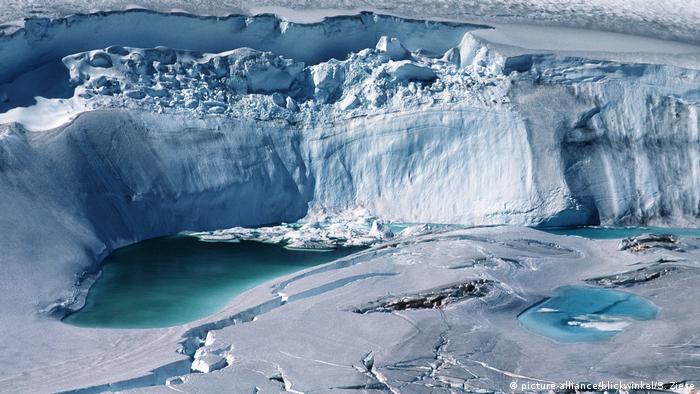
white giants
Many volcanoes in Iceland hide under huge masses of ice. The largest glacier, Vatnajökull alone has an area of 1200 soccer fields! A tour over the ice is impressive, but you should only venture into the snow desert with the help of professionals because the ice is alive – new crevices and cracks quickly appear.
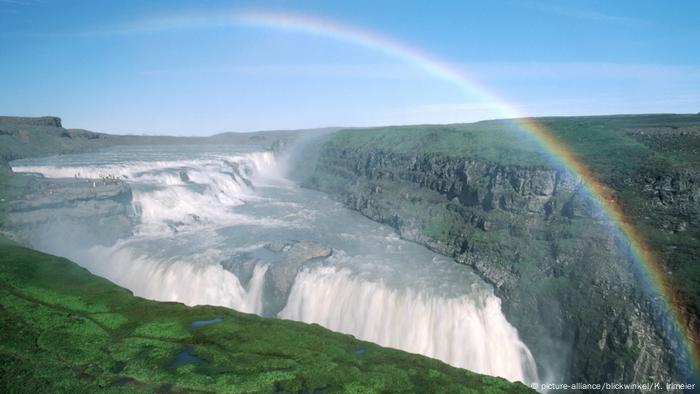
Roaring waterfalls
The meltwater from the glaciers finds its way to the coast in numerous rivers and falls down hundreds of waterfalls, some with incredible force like Gullfoss, the golden waterfall. The dimensions of this waterfall can be clearly seen by the tourists who can be seen very small on the plateau on the left side of the picture.
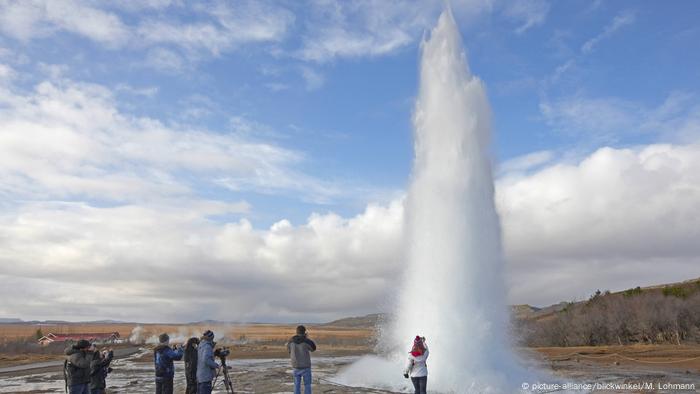
Bubbling geysers
The water piles up into a ball and explodes: a 30-meter-high column of boiling hot water shoots up. Every few minutes the famous geyser Strokkur (butter churn) erupts and amazes the surrounding tourists with its tremendous power. It is located in the Haukadalur hot spring area in the southwest of the country.

Hot Springs
There are hot springs not only in Haukadalur, they are spread all over the island and are partly used as hot pots and thermal baths. The most famous spring is located between Keflavik Airport and the capital Reykjavik: the Blue Lagoon – a geothermally heated pool with naturally blue, mineral-rich water. A bath has a positive effect on skin diseases.
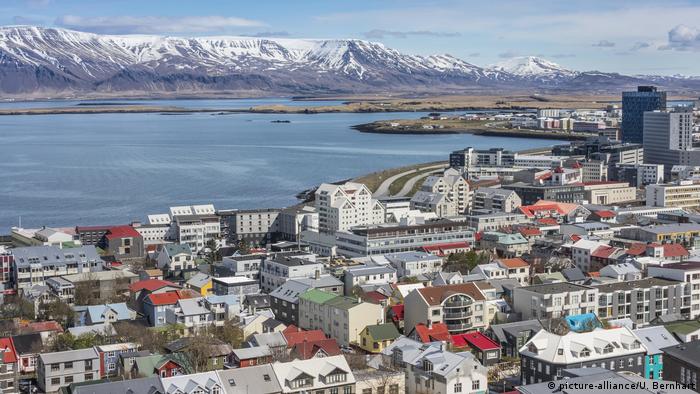
Lively city life
… that’s not what Iceland is known for, you tend to think of quiet natural landscapes. In fact, there are only around 380,000 people living in the whole of Iceland. More than half of them, around 200,000, populate the capital Reykjavik (Bay of Smoke) and the surrounding area. Accordingly, there is a lot on offer here, especially on Laugavegur Street, the urban center and nightlife area of Reykjavik.

Robust horses
Back to nature: it is best explored by jeep, on foot, or on horseback. The Icelandic horses play a big role on the island. They are not only a means of transportation but also a source of income, because the robust breed has many fans. In summer the animals live freely in the highlands. Only in autumn are they driven back into the valley – and that is a huge spectacle.
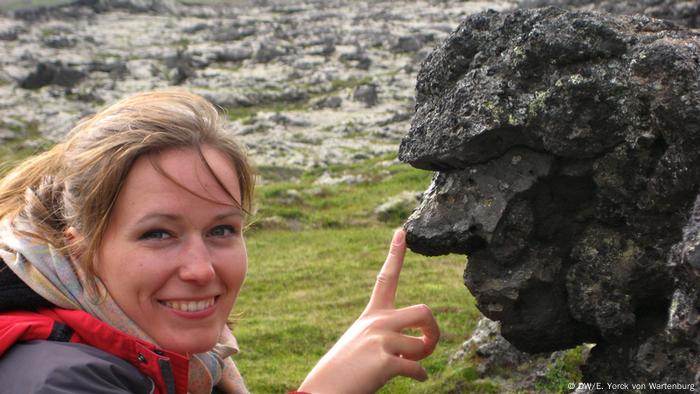
Mythical natural figures
Anyone who travels through Iceland’s fascinating nature quickly understands why many residents believe in elves and trolls. There are even inventories of living nature spirits and maps of the abodes of elves and dwarves. Roads must be built around such places. Is the rock in the picture a troll too? In any case, he has a name: Hraunkarl.
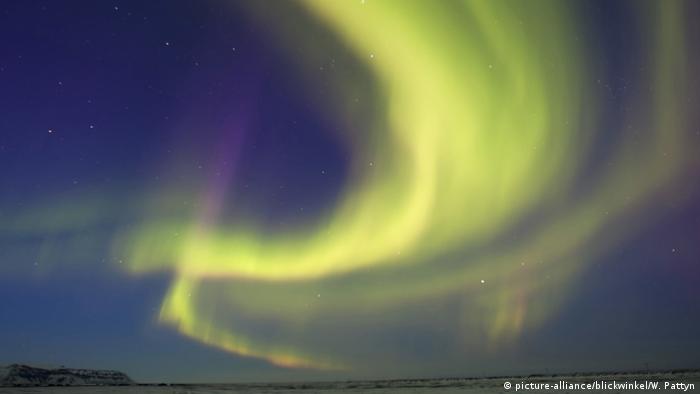
Luminous night sky
It never really gets dark in Iceland in summer, but hardly any light in winter. But you can see the northern lights in the dark – best between the beginning of October and the end of March. Then the veils of light (called aurora borealis) magically shine in the night sky.

Must See
-


Tips
/ 11 months agoTen reasons for Amsterdam
Amsterdam mainly celebrates April 27th in Orange. The king’s birthday is traditionally celebrated with a...
-


Tips
/ 11 months agoTen travel tips for South Korea
A country between high-tech and tradition. A visit to East Asian South Korea is worthwhile...
-


Tips
/ 11 months agoTen reasons for Mecklenburg-West Pomerania
No other federal state has as much water as Mecklenburg-Western Pomerania. Baltic Sea waves wash...
